Glaucoma Management
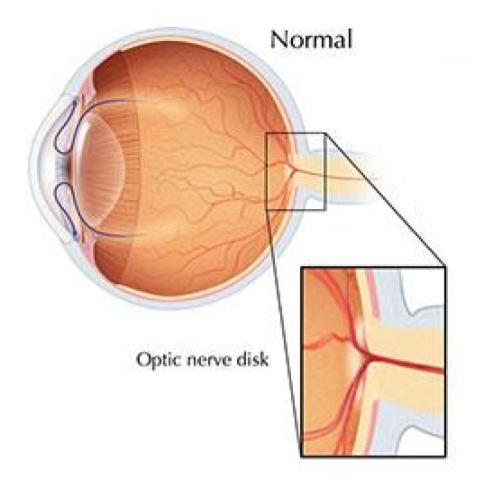
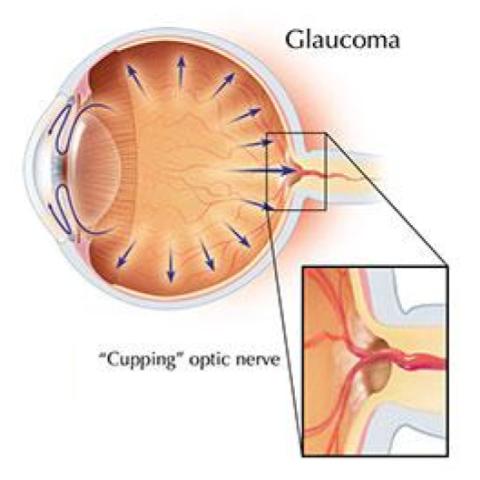
What Is Glaucoma?
Glaucoma is a disease of the optic nerve, which is the part of the eye that carries the images we see from the eye to the brain. The optic nerve is made up of many nerve fibers (like an electric cable containing numerous wires). Glaucoma damages nerve fibers, which can cause blind spots in our vision and vision loss to develop.
Glaucoma has to do with the pressure inside the eye, or intraocular pressure (IOP). When the clear liquid called the aqueous humor--which normally flows in and out of the eye--cannot drain properly, pressure builds up in the eye. The resulting increase in IOP can damage the optic nerve.
The most common form of glaucoma is primary open-angle glaucoma, where the aqueous fluid that normally circulates in the front portion of the eye is blocked from flowing back out of the eye through a tiny drainage system. This causes the pressure inside your eye to increase, which can damage the optic nerve and lead to vision loss. Most people who develop primary open-angle glaucoma notice no symptoms until their vision is impaired.
Glaucoma Diagnostic Facility
Bhide Eye Clinic has State-Of-The-Art Diagnostic Facility for Glaucoma Management
1) Intraocular Pressure (IOP) Check-Up facility (Tonometry)
Enjoy the Most Accurate IP Measurement with the Goldmann Tonometer
The Applanation Tonometer remains the most widely used instrument to measure interocular pressure. The "Goldmann" method allows IOP measurements to be taken with the patient at the slit lamp as part of a routine examination.
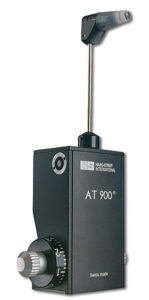
Experience Powerfully Accurate Results with Convenience of a Hand-Held Perkins Applanation Tonometer
The Perkins has been established for well over 30 years as a "world standard" for hand held applanation tonometers.
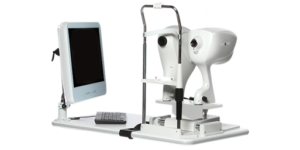
Goldmann Standards
Based on Goldmann principles and utilizing the original Goldmann or Tonosafe disposable prisms, the Perkins combines proven technology with the flexibility of a hand held instrument. Intraocular pressure (IOP) is the fluid pressure of the aqueous humor inside the eye. IOP is an important aspect in the evaluation of patients with glaucoma.
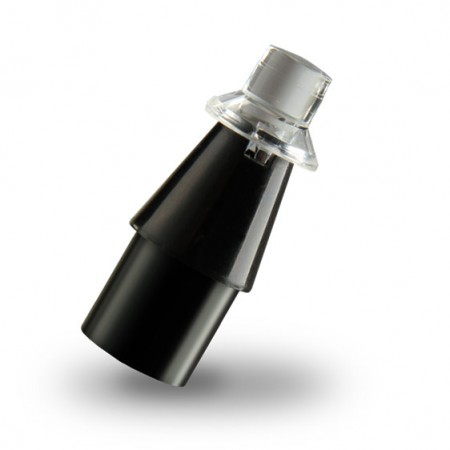
2) Disc Assessment (Ophthalmoscopy)
Disc Assessment is done to examine the inner side of the eye, specially the optic nerve. This helps the doctor look at the shape and color of the optic nerve. If the pressure in the eye is not in the normal range or if the optic nerve doest not look usual, then special glaucoma tests are done.
Bhide Eye Clinic use premium range of digital lenses from Volk Optical Inc.
78 D Lenses
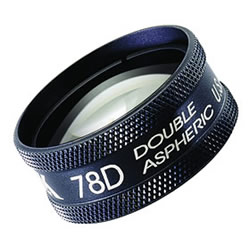
90 D Lenses

Fundus Photo with World Class Topcon Fundus Camera
The new TRC-NW8 Non-Mydriatic Retinal Camera (From Topcon) is the ideal instrument for Optometry and Ophthalmology The camera features several automated functions that allow anyone to quickly and easily capture high quality crisp, clear images. Simply align the patient and the instrument automatically focuses and automatically fires.
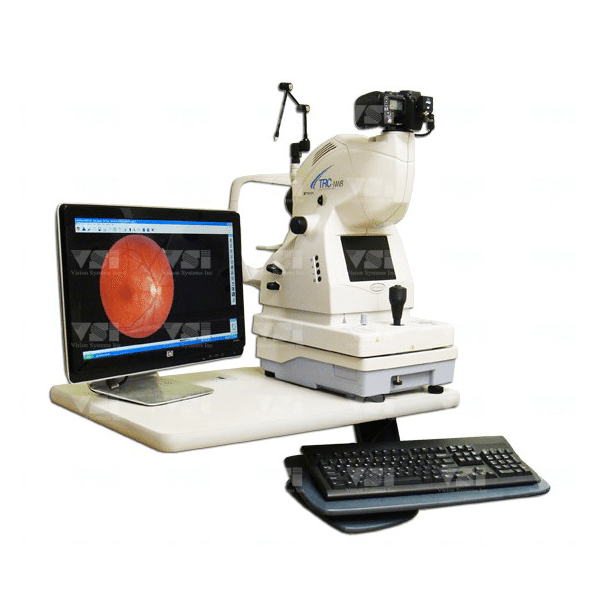
3) Perimetry
Perimetry or campimetry is the systematic measurement of differential light sensitivity in the visual field by the detection of the presence of test targets on a defined background. Visual field testing can be performed clinically with confrontational field testing keeping the subject's gaze fixed while presenting objects at various places in their visual field. This is generally used to explore the extreme boundaries of the visual field. Perimetry more carefully maps and quantifies the visual field. Perimetry testing is important in the screening, diagnosing, and monitoring of various eye, retinal, optic nerve and brain disorders.
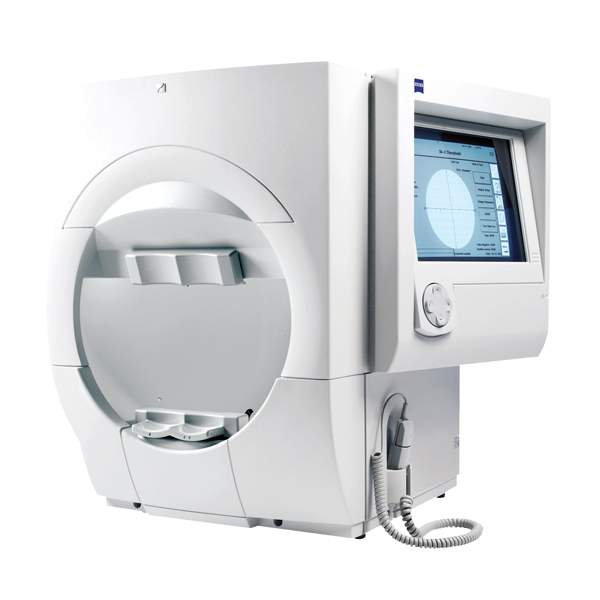
Glaucoma Treatment
YAG Laser Iridotomy From Lightmed
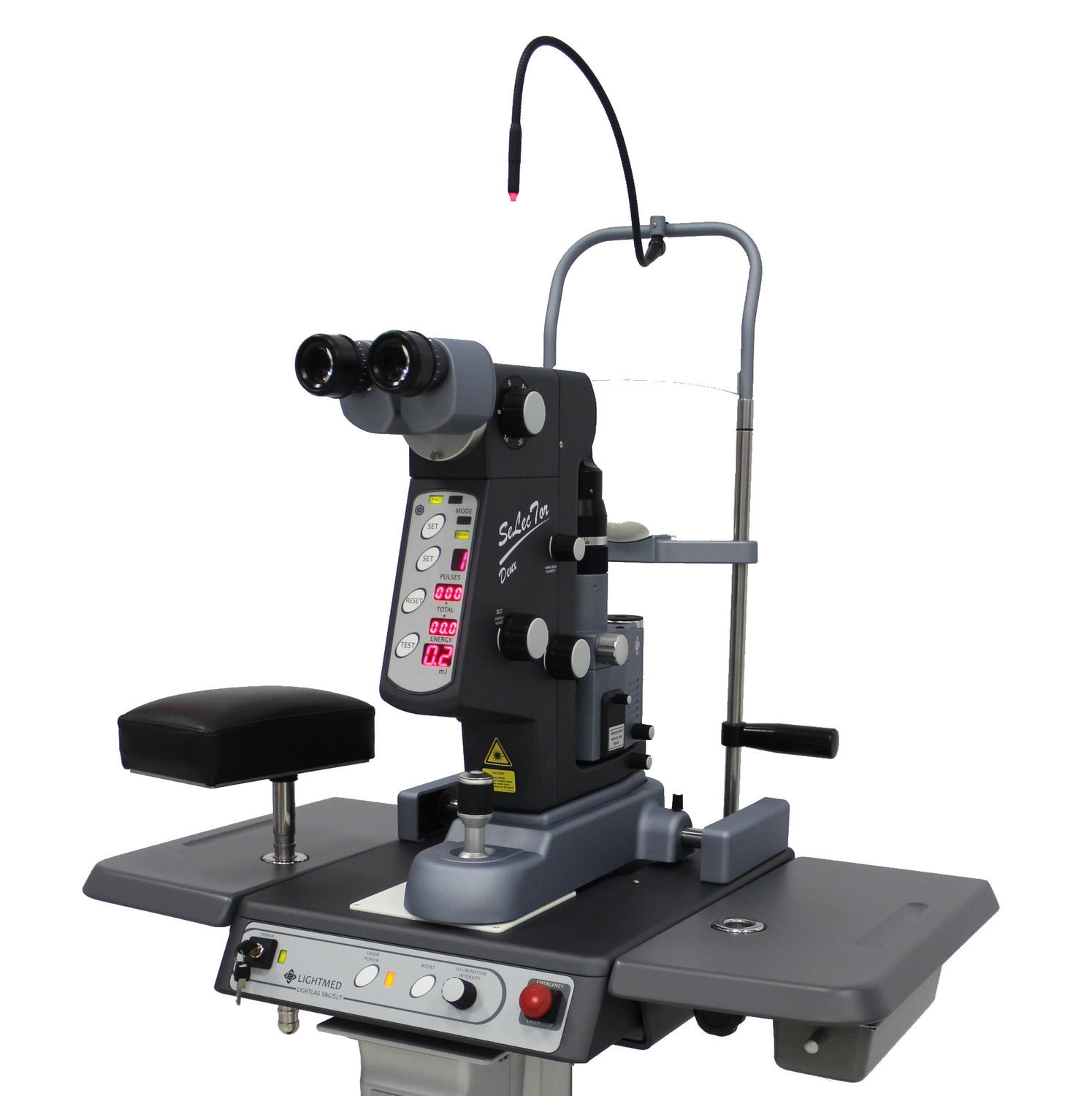
2) Glaucoma Medical Treatment
A number of medications are currently in use to treat glaucoma. We prescribe a combination of medications or change your prescription over time to reduce side-effects or provide a more effective treatment. Typically medications are intended to reduce elevated intraocular pressure and prevent damage to the optic nerve.
3) Glaucoma Surgery
Surgery involves either laser treatment or making a cut in the eye to reduce the intraocular pressure (IOP). The type of surgery recommended depends on the type and severity of your glaucoma and the general health of your eye. Surgery can help lower pressure when medication is not sufficient, however it cannot reverse vision loss.